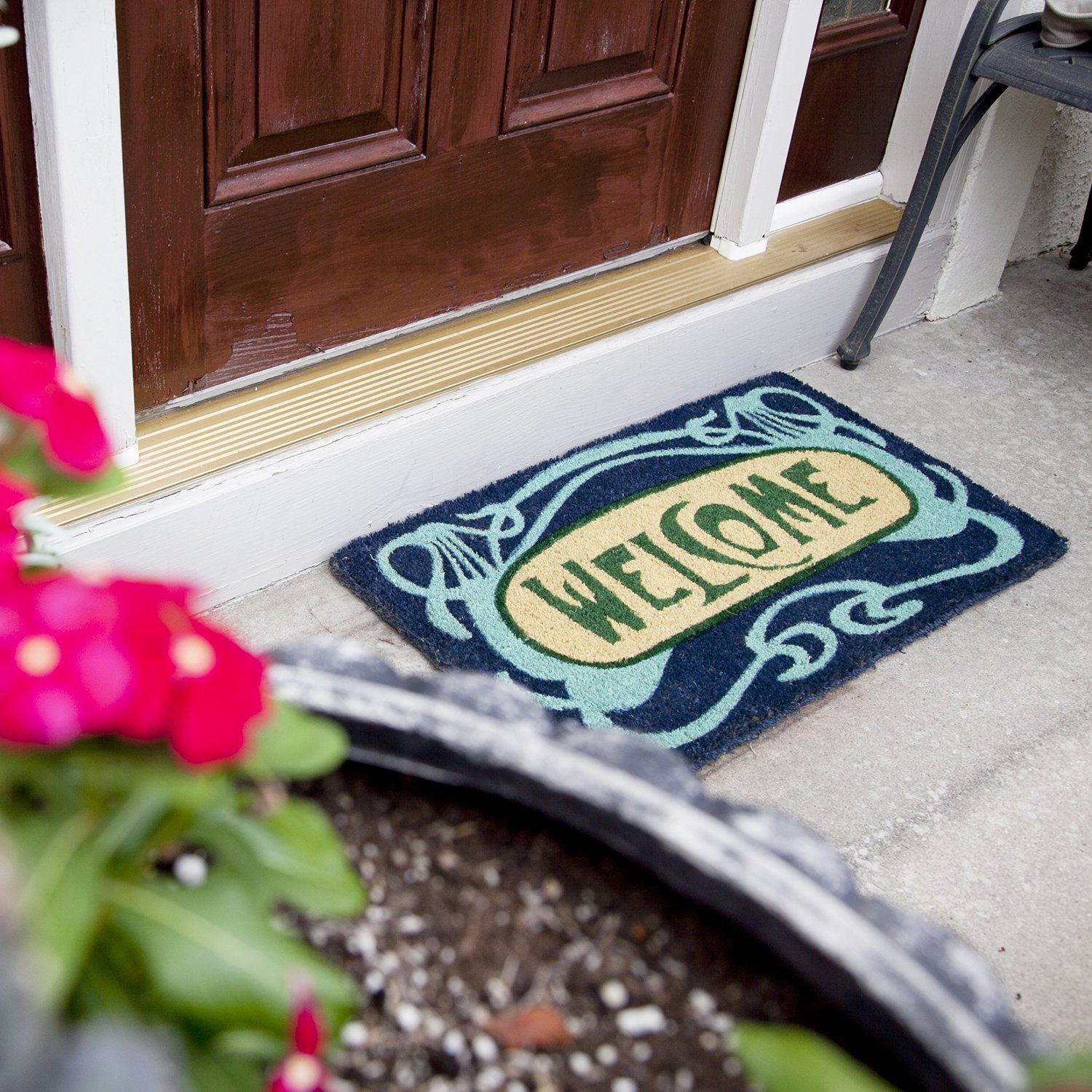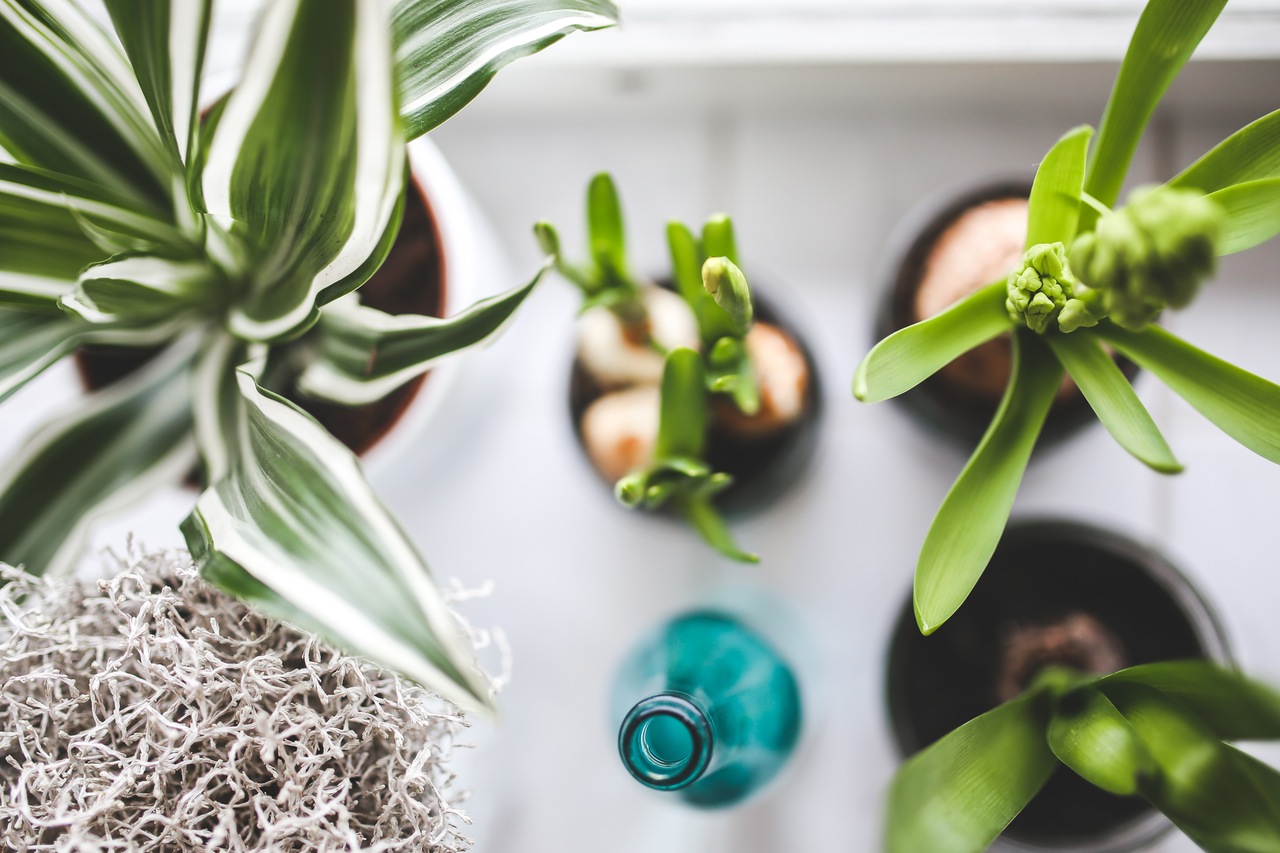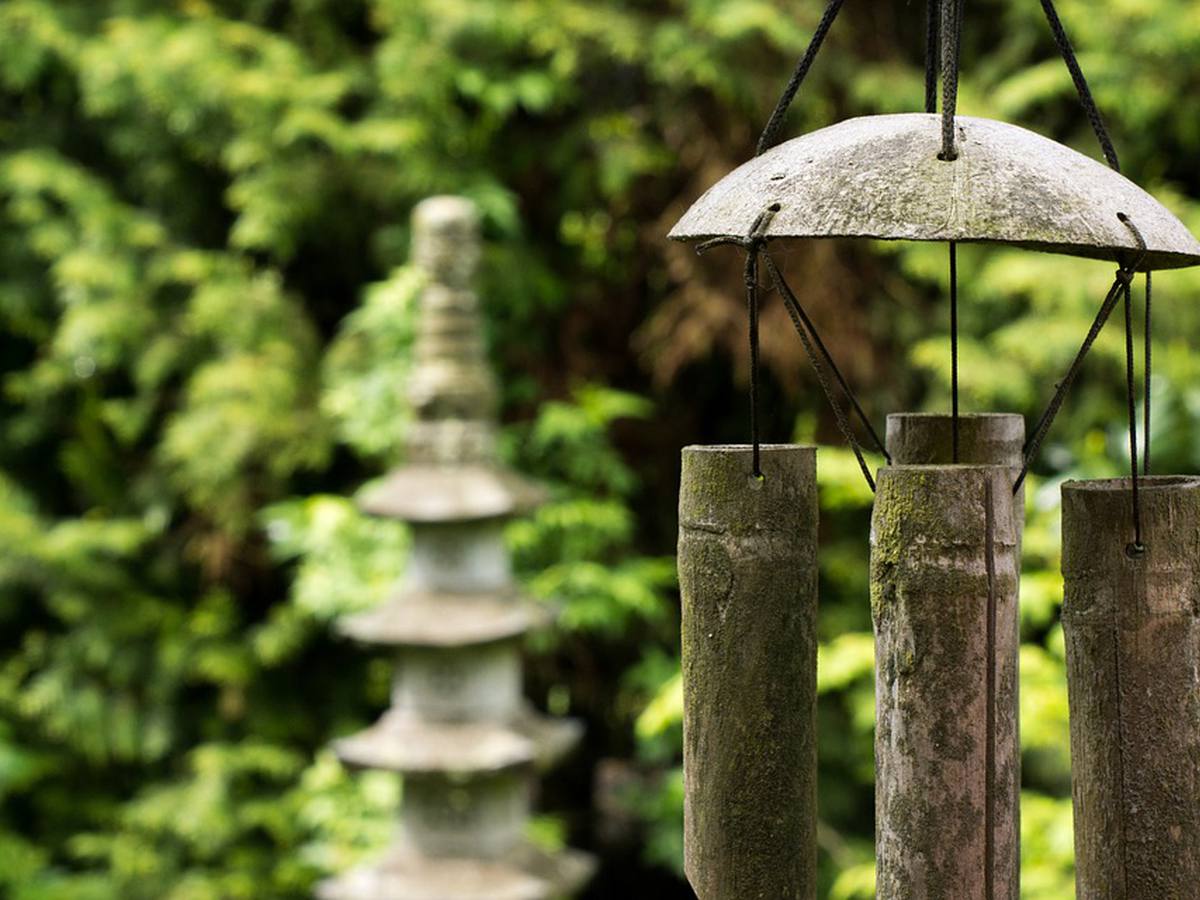The concepts of feng shui originated in China and are an integral part of Daoism beliefs. Anyone who wants to feng shui a home is trying to make it harmonious with the local environment, and the concepts of decoration and arranging furniture are used in each area of a home.
The purpose of feng shui design in architecture is to harmonize qi or invisible forces that bind humanity, earth and the universe together. The focus of feng shui is on the life force known as qi, but it also includes ying and yang or balancing positive and negative. The eight trigrams or bagau are diagrams or maps that help people decorate homes to meet the requirements of feng shui.
The Feng Shui Basics
The concepts of feng shui are over 3,500 years old, and many of the methods of harmonizing were suppressed during political turmoil in China. Today, people worldwide are returning to the ancient concepts of feng shui to creating a harmonious environment inside a home. There are several forms of feng shui, and you can choose one or more technique to create a relaxing home.
- Form school – uses the shape of landforms to create a harmonious design
- Compass school – modern techniques using the eight cardinal directions
- Black sect – eight home sections that represent life
- Aspirations method – uses the life aspirations such as fame, wealth and family
Most people today use a combination of feng shui methods or schools to create a home environment that displays the basic concepts of this ancient philosophy. It is possible to hire experts who will visit your home to see the position of rooms in relationship with the building’s entranceway. These feng shui experts can provide advice on the exact way to arrange furniture or place mirrors. There are also numerous educational resources about feng shui, including college courses or books.
How to create a Feng Shui House
One: Entranceways
If you want to practice feng shui, then keeping a home free of dust is important, and you can begin at the front door by using a doormat on a front porch or directly inside the door to absorb rainwater and dirt. Make sure to take a doormat outside on a regular basis to shake out the debris that collects in its fibers.

Two: Remove Clutter from a Home
An essential concept of feng shui is orderliness that includes having an environment that is free of clutter. It is especially important to have an entranceway that is not blocked to permit the flow of positive energy. If you are devoted to the concepts of feng shui, then you will want to get rid of unneeded possessions.
Three: Have Houseplants inside a Home
The addition of living houseplants to a home can bring love and harmony to your life. Select houseplants that are easy to take care of, and make sure to have the ivy or potted palm tree in unusual areas of a home instead of just the living room.

Four: Repair Broken or Torn Items in a Home
To practice feng shui effectively, repair broken or torn items in a home. You should not have defective plumbing fixtures, ripped upholstery or holes in a home’s drywall in order to create a positive energy flow.
Five: Have Learning or Meditation Materials
The concepts of feng shui are also about meditating or learning on a daily basis. You can have organized bookshelves filled with books or a quiet area for meditation. Everyone in a home should have access to this learning area or mediation area to increase harmony.
Six: Have Clear Countertops in a Kitchen
If you are accustomed to having numerous small appliances and cookie jars on your kitchen’s countertops, then find cabinet space to put away most of these items. Only have the most needed appliances such as a toaster or coffeemaker on the countertops, and keep the items spotlessly clean.
Seven: Maintaining a Feng Shui Living Room
You need to understand the position of a home’s living room in order to select the correct colors and design elements. A living room is one of the most important areas of a home when beginning to use feng shui techniques, and this is when you must use the bagua energy map to assist with decorating and arranging the room.
Eight: Create a Calming Feng Shui Bedroom
The second most used rooms in a home are the bedrooms, and you want sleeping spaces that are calming rather than energizing. Choose plain color draperies and bedspreads in a soft tone that help you to relax at night. When choosing furniture and lamps, select items with rounded edges instead of harsh angles to create positive energy for sleeping.
Nine: Feng Shui Office
Today, most homes have an office space for working or paying bills. It is important to feng shui this space in order to keep money flowing into your life. The most important rule is to avoid having an office inside a bedroom, and if you can put a home office far from the bedroom, then that is a better idea.
Ten: Have a Bathroom that has Feng Shui Concepts
If you have a bathroom that is located in what is considered a bad area of your home such as next to a kitchen, then learn how to correct the energy levels by using certain colors of paint or placing mirrors in strategic locations. By keeping a bathroom free of clutter, it is believed that you and your family will have improved health.
Eleven: Design a Feng Shui Dining Room
Because the table is the focus of a dining room, it is essential to choose a shape and size that is appropriate for feng shui concepts. A round table is the preferred shape for the best flow of positive energy in a home, and you should choose chairs with a solid back and rounded top to create harmony among guests.
